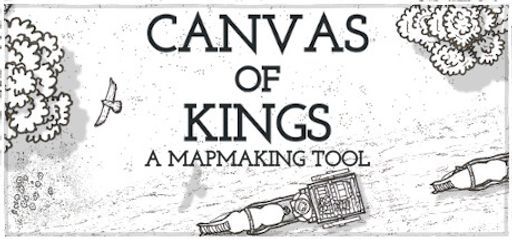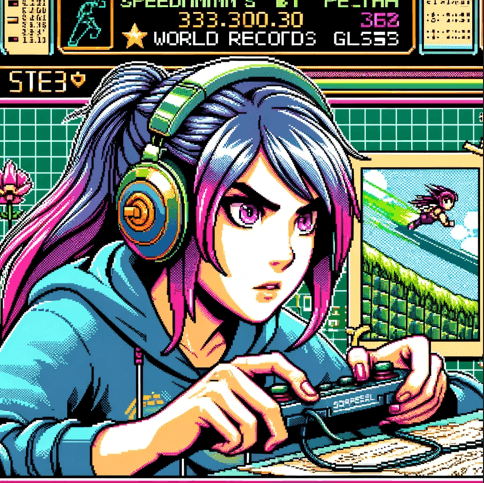 Hey everyone! Let’s dive into Canvas of Kings by Hannes Breuer. First off, this minimalistic mapmaker totally nails its random auto-generated elements—meaning every session feels fresh and full of surprises. Steam reviewers consistently praise its flexible path options and the charm of its lovingly hand-drawn objects. Believe it or not, one devoted fan has already clocked over fifty hours in the editor! That said, a few critics have mentioned noticeable FPS drops when loading dense forests. While that can impact run times, Hannes Breuer is on it—optimizing object batching should smooth things out soon. As a speedrunner myself, I really value that tight design, and those unpredictable layouts open up exciting new route possibilities every time you load a map.
Hey everyone! Let’s dive into Canvas of Kings by Hannes Breuer. First off, this minimalistic mapmaker totally nails its random auto-generated elements—meaning every session feels fresh and full of surprises. Steam reviewers consistently praise its flexible path options and the charm of its lovingly hand-drawn objects. Believe it or not, one devoted fan has already clocked over fifty hours in the editor! That said, a few critics have mentioned noticeable FPS drops when loading dense forests. While that can impact run times, Hannes Breuer is on it—optimizing object batching should smooth things out soon. As a speedrunner myself, I really value that tight design, and those unpredictable layouts open up exciting new route possibilities every time you load a map.
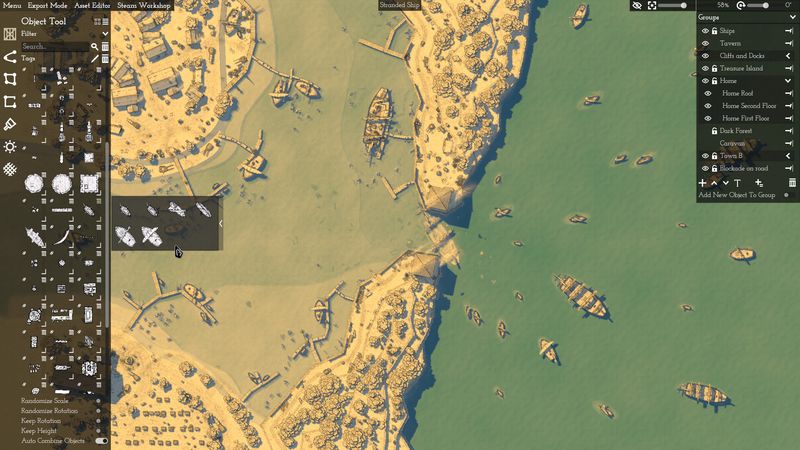
 I’m also really impressed by how paths and plots stay editable mid-game. In fact, it immediately reminded me of Guild Wars 2’s living world map tools. Compared to older editors like the TES Construction Set—where you had to painstakingly scatter objects manually—the auto-place feature here is a massive time-saver. Plus, when I stack it up against DungeonDraft for D&D builders, Canvas of Kings clearly edges ahead thanks to its distinctive hand-drawn aesthetic and seamless live editing.
I’m also really impressed by how paths and plots stay editable mid-game. In fact, it immediately reminded me of Guild Wars 2’s living world map tools. Compared to older editors like the TES Construction Set—where you had to painstakingly scatter objects manually—the auto-place feature here is a massive time-saver. Plus, when I stack it up against DungeonDraft for D&D builders, Canvas of Kings clearly edges ahead thanks to its distinctive hand-drawn aesthetic and seamless live editing.
 Speaking of storytelling, even the best map tools can help spin a tale. The way you position castles or carve out forests practically evokes player backstories all on its own. Hannes Breuer has highlighted in a recent dev blog that his goal is community-driven narrative threads—minimal dialogue, but tons of lore woven through clever object placement. For example, a lonely tower surrounded by scattered crates instantly sparks “supply-raid” scenarios in my mind.
Speaking of storytelling, even the best map tools can help spin a tale. The way you position castles or carve out forests practically evokes player backstories all on its own. Hannes Breuer has highlighted in a recent dev blog that his goal is community-driven narrative threads—minimal dialogue, but tons of lore woven through clever object placement. For example, a lonely tower surrounded by scattered crates instantly sparks “supply-raid” scenarios in my mind.
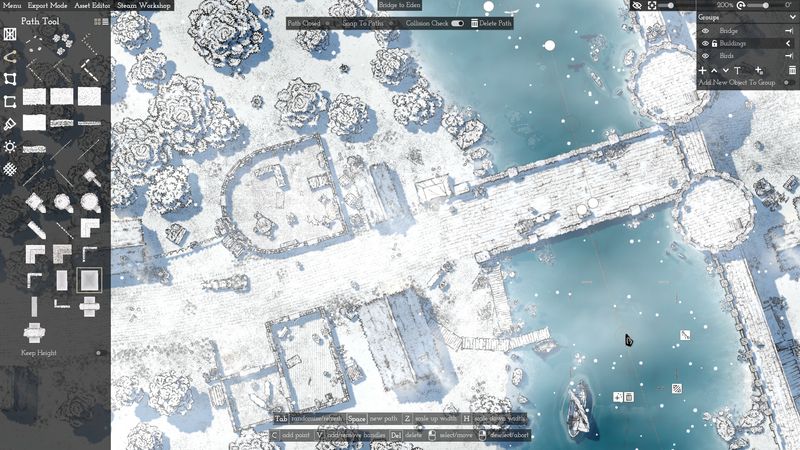
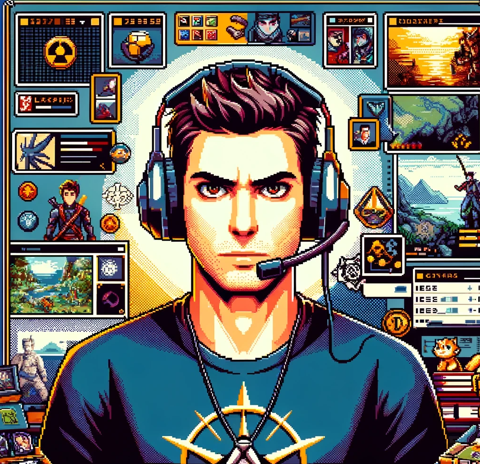 On the visuals front, the art direction strikes a perfect balance between hand-sketched ink and modern vector polish. Under the hood, it’s all powered by Unity’s lightweight render pipeline, which means color palettes dynamically shift with weather presets. Load the storm template, and you’ll see moody dark blues and drifting leaves in an instant. Currently, I’ve cataloged over fifty object categories—from ancient ruins to quaint cottages—and I’d really love to see mountains and sheer cliffs added in an upcoming update, just as one user suggested.
On the visuals front, the art direction strikes a perfect balance between hand-sketched ink and modern vector polish. Under the hood, it’s all powered by Unity’s lightweight render pipeline, which means color palettes dynamically shift with weather presets. Load the storm template, and you’ll see moody dark blues and drifting leaves in an instant. Currently, I’ve cataloged over fifty object categories—from ancient ruins to quaint cottages—and I’d really love to see mountains and sheer cliffs added in an upcoming update, just as one user suggested.
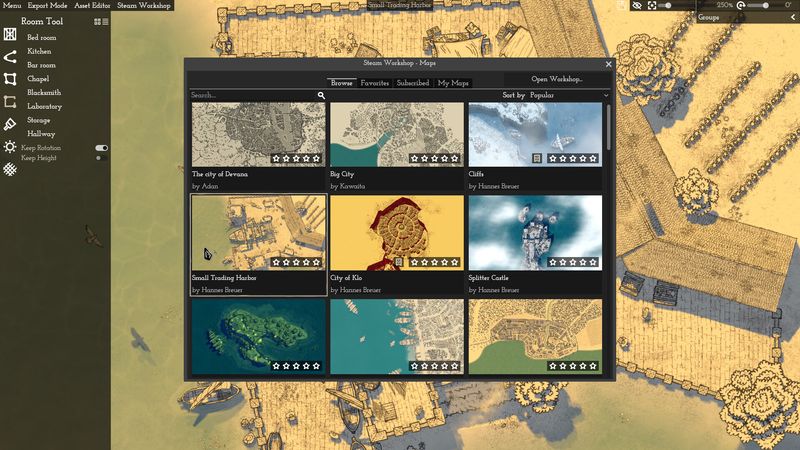
 Audio in Canvas of Kings is another subtle win. Ambient forest rustles and distant tower creaks do an amazing job of setting the mood without hogging CPU cycles. While I wouldn’t mind a few dynamic music tracks to punctuate major edits, the current loops are surprisingly effective at keeping me locked in on mapping.
Audio in Canvas of Kings is another subtle win. Ambient forest rustles and distant tower creaks do an amazing job of setting the mood without hogging CPU cycles. While I wouldn’t mind a few dynamic music tracks to punctuate major edits, the current loops are surprisingly effective at keeping me locked in on mapping.
 In Canvas of Kings, characters are entirely your own creations—you decide who lives in that fortress or who’s hiding in that grove. On that note, I especially appreciate the diversity in asset options; introducing a few more urban or modern-day packs could really broaden representation and spark new creative ideas.
In Canvas of Kings, characters are entirely your own creations—you decide who lives in that fortress or who’s hiding in that grove. On that note, I especially appreciate the diversity in asset options; introducing a few more urban or modern-day packs could really broaden representation and spark new creative ideas.
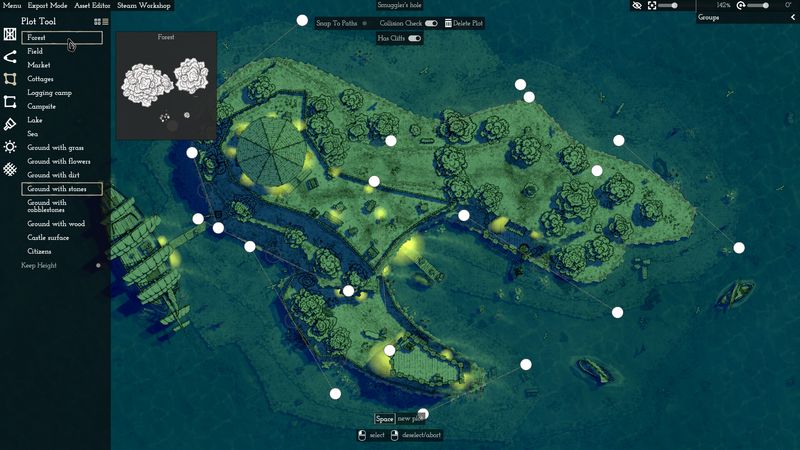
 Of course, balancing randomness with precision is where the real challenge lies. A handful of users have reported lag in very dense tree zones, and I’ll admit that tested my patience at times. However, with a bit of creative planning and careful path tweaks, you can usually smooth out any rough spots. Ultimately, it feels like an exploration-puzzle hybrid—every map is a new brain-teaser.
Of course, balancing randomness with precision is where the real challenge lies. A handful of users have reported lag in very dense tree zones, and I’ll admit that tested my patience at times. However, with a bit of creative planning and careful path tweaks, you can usually smooth out any rough spots. Ultimately, it feels like an exploration-puzzle hybrid—every map is a new brain-teaser.
 For replay value, Canvas of Kings lets you export map sections. In both square and hex grids, which is fantastic for tabletop sessions. I’ve been tracking achievements across every export type, and the fact that there’s no extra license needed for commercial use is a really nice touch.
For replay value, Canvas of Kings lets you export map sections. In both square and hex grids, which is fantastic for tabletop sessions. I’ve been tracking achievements across every export type, and the fact that there’s no extra license needed for commercial use is a really nice touch.
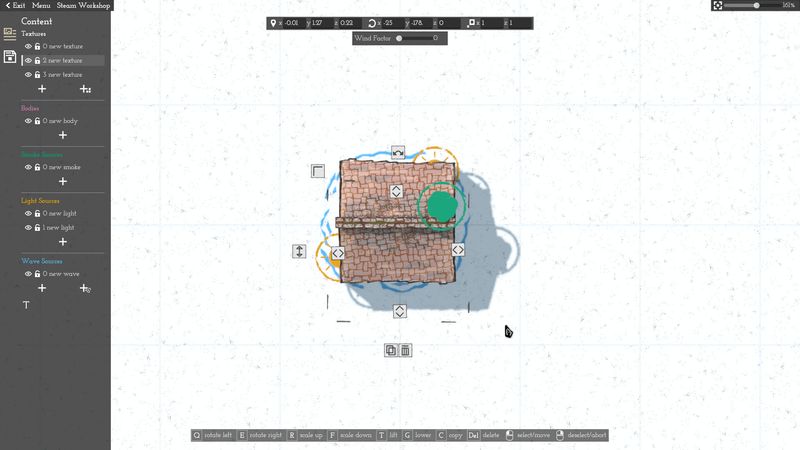
 Final thoughts time. Canvas of Kings stands out as a niche tool. It empowers both dungeon masters and world builders.
Final thoughts time. Canvas of Kings stands out as a niche tool. It empowers both dungeon masters and world builders.
 It competes with apps like Wonderdraft, DungeonDraft, and Inkarnate. Its live-editing sets it apart.
It competes with apps like Wonderdraft, DungeonDraft, and Inkarnate. Its live-editing sets it apart.
 Fans of creative sandbox games will love its procedural twist. Hannes Breuer nails interactive randomization.
Fans of creative sandbox games will love its procedural twist. Hannes Breuer nails interactive randomization.
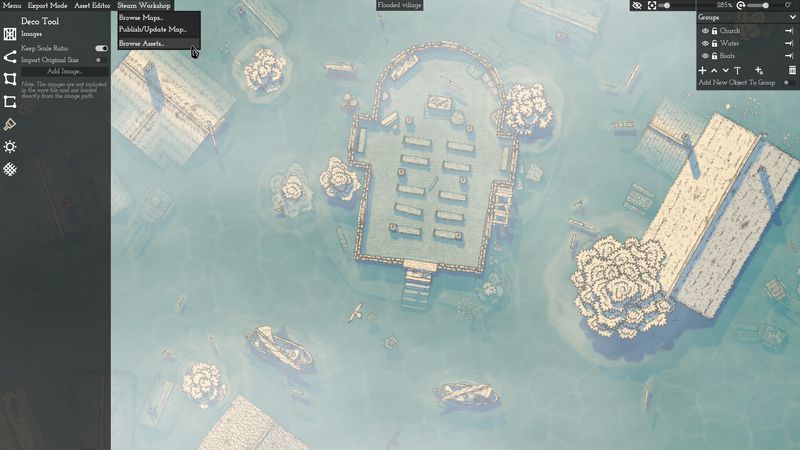
 Canvas of Kings competes with apps like Wonderdraft, DungeonDraft, and Inkarnate. Its unique real-time flexibility and hand-drawn style give it a clear edge. If you love creative sandbox tools, you’ll appreciate how Hannes Breuer nails interactive randomization. And with the developer actively soliciting feedback, look forward to future features like elevation controls, cave systems, and VTT export.
Canvas of Kings competes with apps like Wonderdraft, DungeonDraft, and Inkarnate. Its unique real-time flexibility and hand-drawn style give it a clear edge. If you love creative sandbox tools, you’ll appreciate how Hannes Breuer nails interactive randomization. And with the developer actively soliciting feedback, look forward to future features like elevation controls, cave systems, and VTT export.


